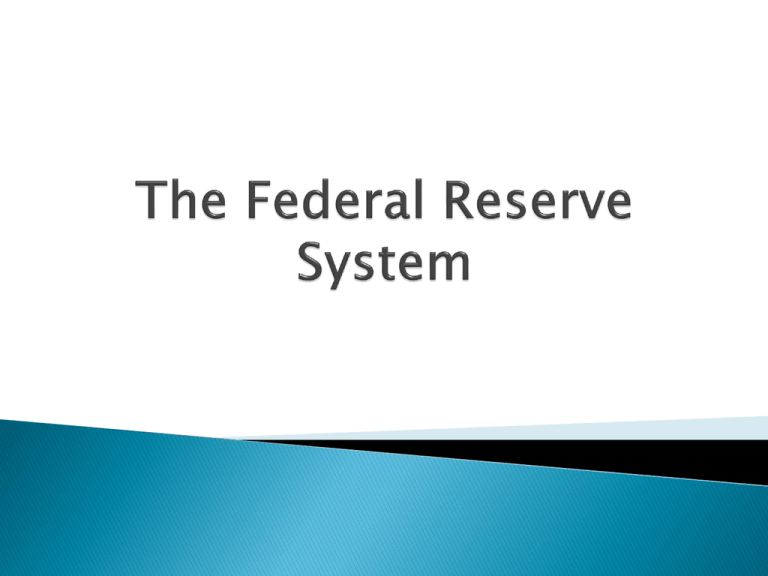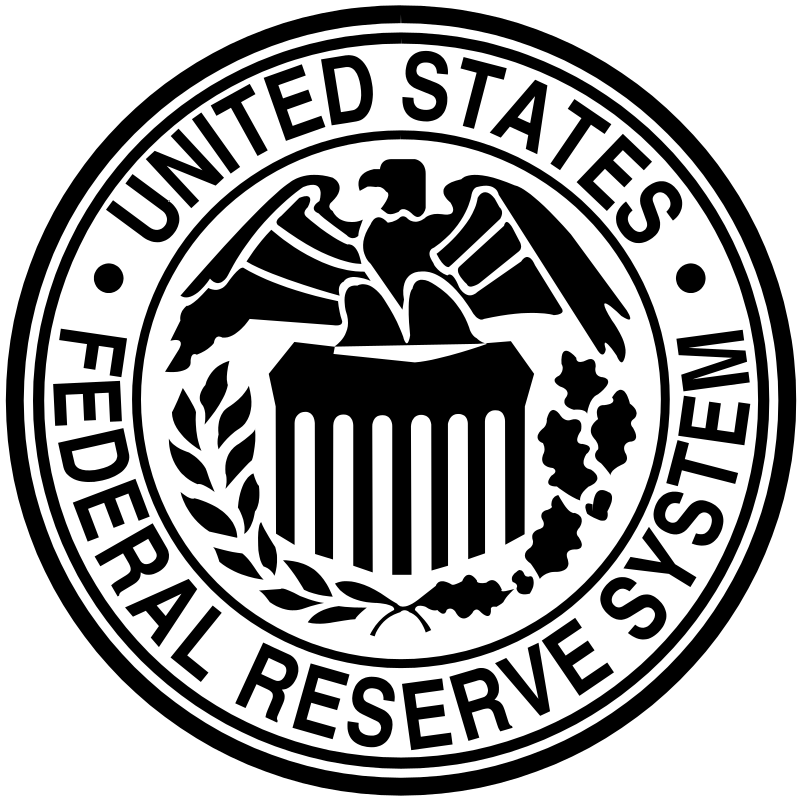In this piece, I will discuss the its history and the rationale behind the When Was the Federal Reserve System Created.
The Federal Reserve was created on December 23, 1913. Its purpose was to resolv e the persistent banking crises the country experienced. Understanding such aspects gives insights into the crucial responsibilities it has today in balancing the economy and ensuring financial stability on the country.
Overview
The central banking system of the United states is referred to as “the Fed” and it is The Federal Reserve System. It was created on December 23, 1913 when President Woodrow Wilson signed the Federal Reserve Act into the law.
This act was meant to bring about years of financial crises like the Panic of 1907 which showcased the strengths and weaknesses of the U.S banking system. This was a game changing moment to american financial policy and it ensured that there was a single system that could manage the regulation of currency, banking sector, and monetary policy.
When Was the Federal Reserve System Created?

Background: The Need for a Central Bank
The United States experienced severe financial instability prior to the creation of the Federal Reserve. Banking crises, widespread panics, and bank runs were commonplace in the 19th and early 20th centuries.
There was little to no central regulation, as banks operated in silos without coordinating with each other. One of the most significant financial collapses, the Panic of 1907, showcased the absence of a ‘lender of last resort.’ During this panic, the stock market crashed alongside the failure of numerous banks and trust companies, leading to severe economic turmoil.
In order to stabilize the financial system, J. P. Morgan single-handedly infused liquidity into finamcial entities which went bankrupt, illustrating the level of risk an operson had to take to keep the country’s economy afloat. As a result of the crisis, many policymakers, economists, and ordinary citizens believed that the country needed a better framework to manage economic issues.
The Road to Creation
After the 1907 panic, Congress created the National Monetary Commission to look into banking and question changes that were needed. After years of pondering and research, a solution to develop a central banking system which offered some form of federal control with local or regional participation was accepted.
Senator Nelson W. Aldrich was a central figure in the first drafts of the project. Nevertheless, the initial sketch came under fire for being too sympathetic towards Wall Street. There was extensive change in the design that resulted from public backlash that stemmed from attempts to control a central bank run by wealthy private financial institutions.
In 1913 when Wilson became president, he had agreed to the notion of a central banking system which public and private entities could co manouver. With this support, Congress ratified the Federal Reserve Act on the 23rd of December 1913 effectively marking the establishment of The Federal Reserve System.
Why the Federal Reserve Still Matters Today
Even after more than a hundred years of its inception, The Federal Reserve is still an extremely impactful institution. It influences the international markets, interest rates, levels of employment and economic growth.
Although The Fed is independent from political influence, it is still accountable to Congress and the public. This independence gives The Fed the capacity to make long-term strategic decisions focused on economic equilibrium, and not on politically motivated short-term gains.
The evolution of the economy calls for adapting to new things; The Fed embraces fresh challenges with open arms. It plays a crucial role in innovation of digital payments, cyber security for banking systems, analyzing risks related to climate change on finances, and studying inequalities of wealth distribution.
Structure of the Federal Reserve
Both the centralized and decentralized features of the federal system are intertwined. Its major elements include:
The Board of Governors: This board has seven members, all of which must be appointed by the president and approved by the senate. It Handles all tasks ranging from management over the whole system until everything changes to being in Washington D.C.
12 Regional Federal Reserve Banks: These centers act like banks and are scattered all over the U.S. in cities such as New York, Chicago, and San Francisco. Each center is a center banking system in its region.
FOMC (Federal Open Market Committee): This committee’s main goal is to manage monetary policy in relation to interest rates alongside open market operations. For this purpose it brings together the Board of Governors and five other presidents of regional banks to be part of this decision.
The Purpose of the Federal Reserve
The Objectives of the Federal Reserve
- Created to accomplish several essential purposes, The Federal Reserve focuses on:
- Elevating the economic balances.
- Overseeing and controlling banking institutions.
- Managing inflation and deflation.
- Sustaining full employment in the country.
- Supporting safe and efficient systems for payment.
- Acting as the last option lender in times of trouble.
Key Milestones Since Creation

The Great Depression (1930s) : The Fed was heavily scrutinized during this period because it did not take decisive steps to either halt or manage the economy’s free fall. This would inspire major reforms in monetary policy and oversight in subsequent decades.
Financing World War II: The Fed collaborated with the U.S. Treasury in order to properly manage inflation while selling bonds to supply sufficient funding for the war efforts.
1970s Inflation Crisis: The Fed made radical moves to control inflation under Chairman Paul Volcker, most notably implementing steep interest rate increases.
2008 Financial Crisis: The Fed acted aggressively with emergency asset purchasing programs, including massive asset purchases (quantitative easing) of securities in an effort to strengthen the banking system’s stability and bolster economic confidence.
COVID-19 Pandemic: In 2020, the Fed moved decisively and reduced interest rates, aided financial markets, and provided liquidity to banks and corporations.
Conclusion
Through the signature of President Woodrow Wilson with the Federal Reserve Act, The Federal Reserve System came into existence on 23rd December, 1913. The formation of Federal Reserve transformed the USA’s economic landscape. It provided a systematized and concentrated means of handling the country’s monetary policy and economic equilibrium.
The Federal Reserve was established due to rampant banking crises, complicated economic conditions, and has since then transformed into a crucial institution in shaping the economy with interest rate policies, inflation management, and financial supervision. Federal Reserve’s founding impacts the world more than a hundred years later.








